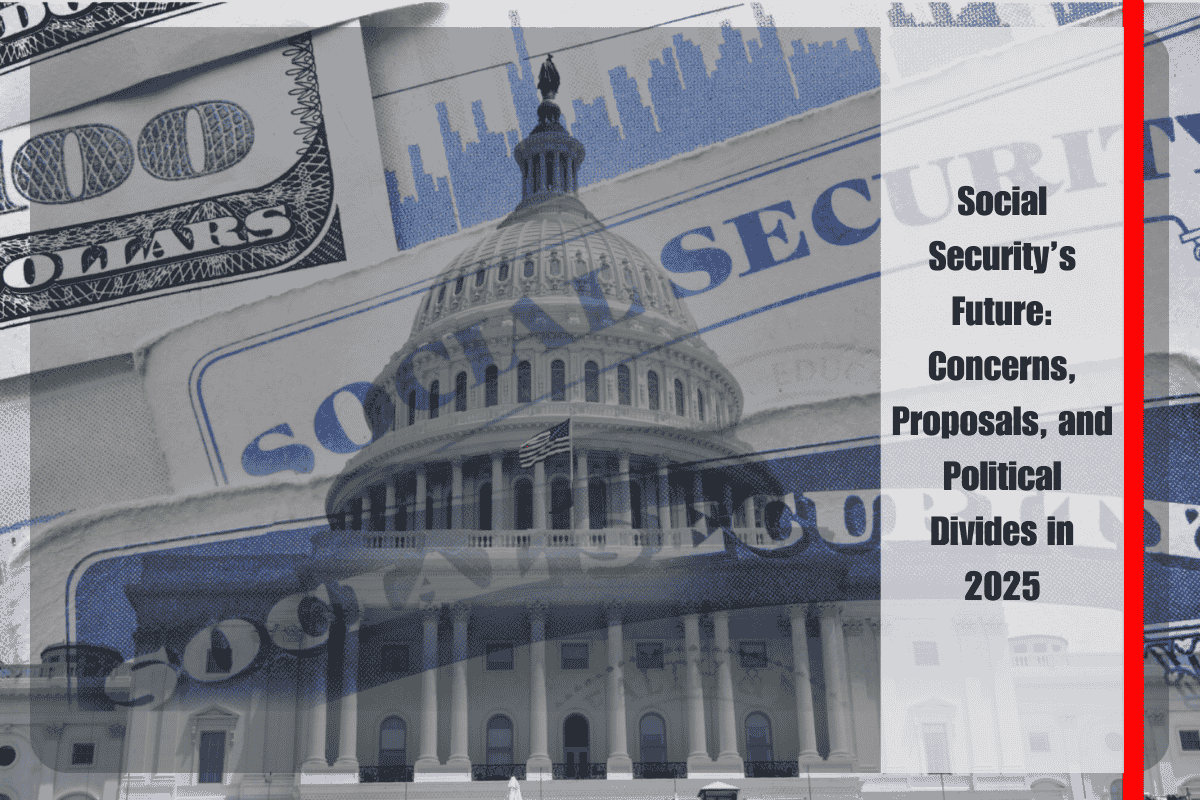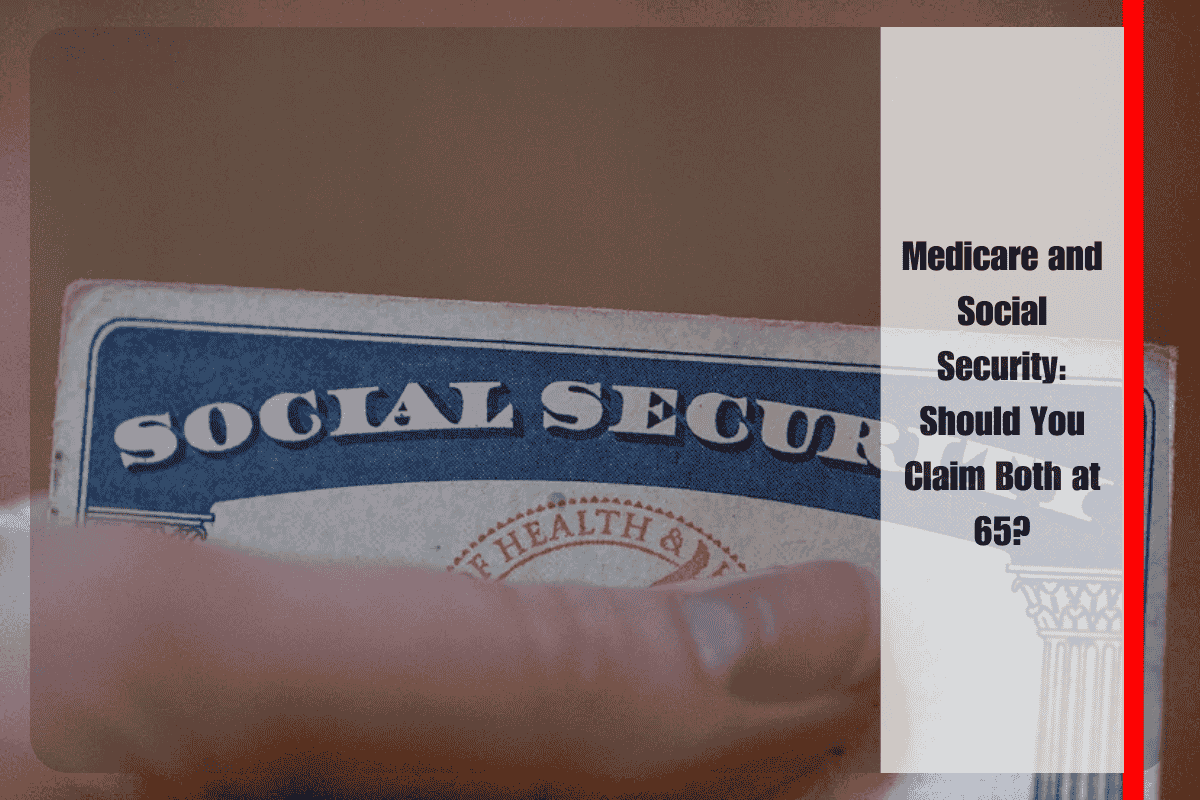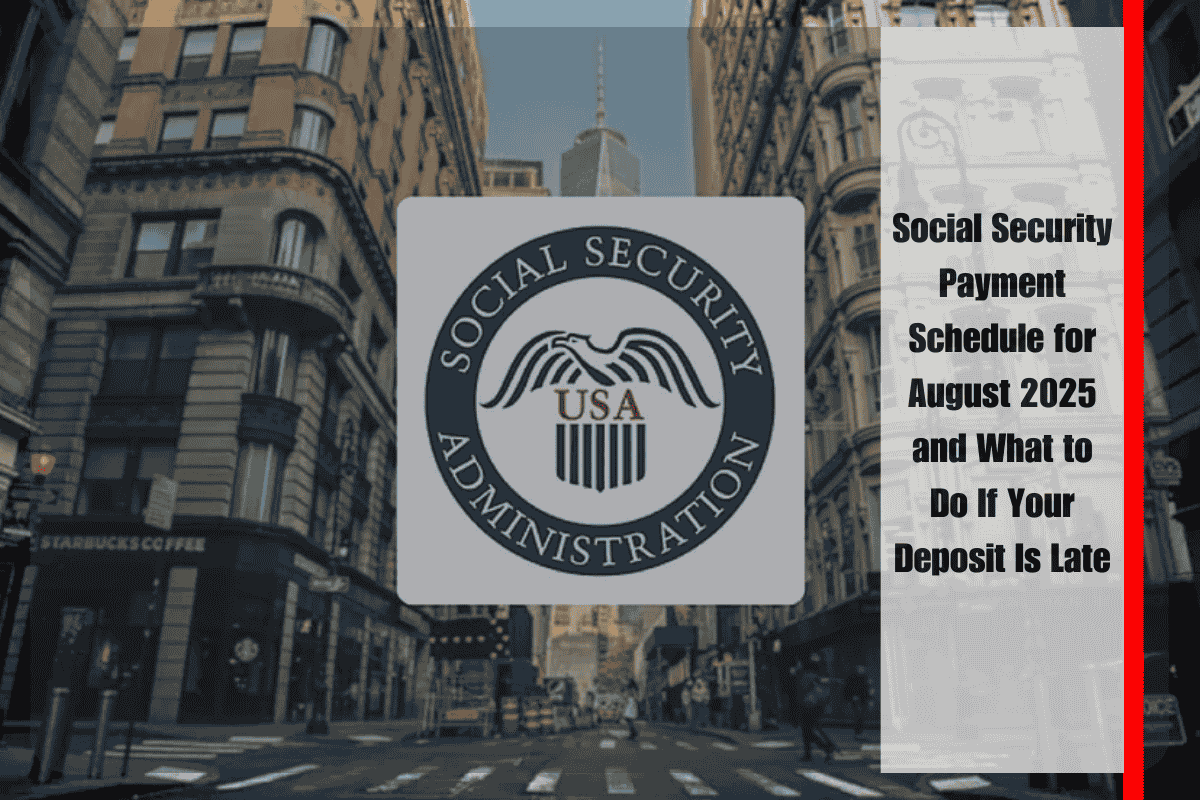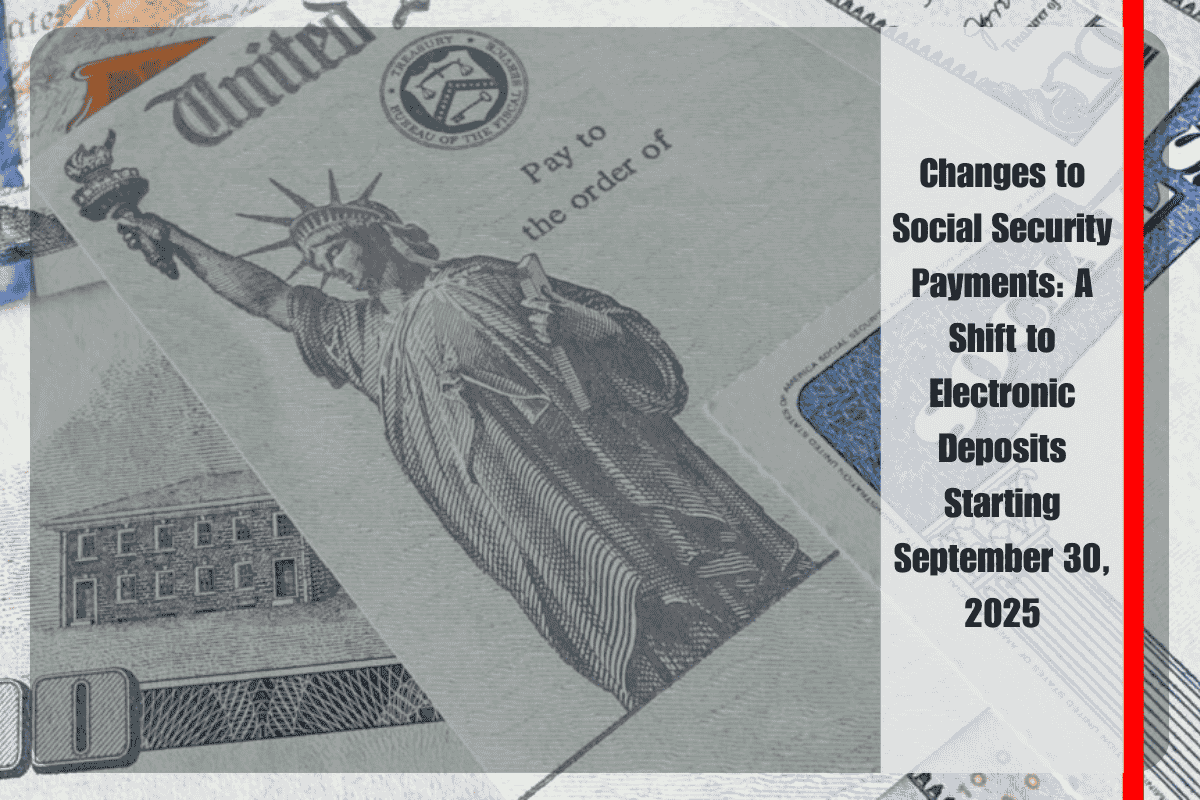In July 2025, millions of Supplemental Security Income (SSI) beneficiaries across the United States received their monthly payments according to the official Social Security Administration (SSA) schedule. The July payment was issued on Tuesday, July 1, with no delays due to weekends or federal holidays. The federal maximum amounts for 2025 are $967 for individual beneficiaries, $1,450 for married couples who qualify jointly, and $484 for “essential persons” living with SSI beneficiaries and providing essential care. It is important to note that this deposit only covers the July benefit.
The next SSI payment is scheduled in two weeks, and it will follow the same payment schedule. The SSI payment schedule differs from other SSA-administered benefits like Social Security Disability Insurance (SSDI), retirement, or survivors’ benefits. While survivors’ benefits are distributed on Wednesdays based on the beneficiary’s date of birth, SSI maintains a simpler schedule. Payments are made on the first business day of the month, or the last business day of the previous month if the 1st falls on a weekend or holiday.
For beneficiaries who receive both SSI and SSDI, their SSI payment will be made on the 1st, and SSDI payments will be based on their birthdate. This means they may receive combined amounts depending on their eligibility.
Are There Double SSI Payments in 2025?
Occasionally, a unique situation arises when the first day of the following month falls on a non-business day, resulting in an adjustment to the payment schedule. In May 2025, this resulted in two deposits. The May payment was issued on May 1 ($967 for individuals, $1,450 for couples, and $484 for essential persons), and the June payment was issued on Friday, May 30, due to June 1 falling on a Sunday. Similar adjustments will occur in September and November 2025. While October 1 falls on a Wednesday (a business day), November 1 is a Saturday, meaning the November payment will be issued on Friday, October 31. Similarly, the December payment will be advanced to Friday, November 28, since December 1 is a Monday. These adjustments may create what some may perceive as “non-payment” periods during the affected months. However, the total annual payment amount will remain unchanged. Additionally, beneficiaries will receive a “second” deposit on December 31 for the January 2026 payment.
What to Do If Your SSI Payment Didn’t Arrive on Time
If your scheduled SSI payment does not appear in your bank account or Direct Express card by the expected date, the SSA recommends waiting three full business days before contacting them. During this time, it is helpful to verify transaction statuses with your financial institution or card issuer to rule out routine processing delays. If the funds are still missing after this waiting period, you should contact the SSA directly by calling 1-800-772-1213 (TTY 1-800-325-0778), visiting your local Social Security office, or using the “my Social Security” online portal at ssa.gov/myaccount to report the issue and initiate a trace. It is important to avoid giving personal details to unsolicited callers claiming they can resolve payment delays and to be cautious of scammers.












